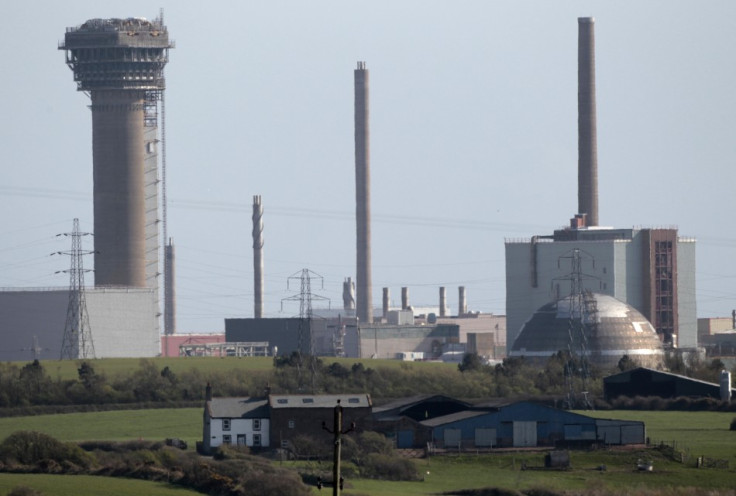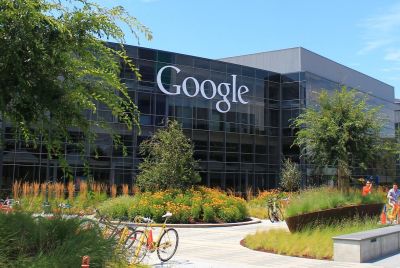Robots to Demolish Site of UK's Worst Nuclear Incident at Sellafield

Giant robots will be used to destroy the part of the Sellafield nuclear plant that caught fire 56 years ago, spewing radioactive contamination around Britain and northern Europe.
The Windscale Pile One chimney at the Cumbria plant has been sealed and cut off since the 1957 disaster.
There is still highly charged material trapped inside the shaft of the 400ft chimney, and more than 10 tons of melted radioactive uranium fuel remains inside the structure itself.
The reactor was built after World War II to make some of Britain's first nuclear bombs, and then pressed into service to make tritium for an H-bomb, pushing the reactors beyond their limits and causing the blaze.
Workers at the plant were exposed to 150 times a safe lifetime's dose of radiation, and for a month the government destroyed all milk produced within 200 miles of the site.
Environmentalists and campaigners have since pointed to Sellafield as a warning of the potentially catastrophic effects of nuclear energy.
By next year, engineers plan to have demolished the shell of the plant and removed the tons of radioactive material it contains.
"This will be one of the most challenging nuclear decommissioning jobs in the world," Bill Hamilton of the Nuclear Decommissioning Authority told the Sunday Times, adding that it would cost several billion pounds.
Engineers in full radioactive protective clothing will first remove the 500-ton box like filter that sits on top of the chimney. Next, both humans and robots will take down the chimney itself.
A special building will be constructed alongside the Pile Fuel Cladding silo, modelled on a Canadian grain silo, that is stuffed with radioactive fuel rod casings.
Hydraulic arms with robotic grabs in the building will be used to break holes in the silo and carefully remove each of the casings for destruction.
"We want to minimise all human exposure to this building because of the physical risks as well as radiation hazards," said a Sellafield spokeswoman.
Finally, another building will be constructed alongside the reactor itself, and robotic arms fitted with cutting and lifting gear used to remove the reactor top and remove the fuel rods and the radioactive core itself.
Low-level waste from the site will be compacted or incinerated in a container that is then buried in landfill. Intermediate-level waste will be solidifed in concrete then buried deep underground. High-level waste will be securely stored in stainless steel containers.
© Copyright IBTimes 2025. All rights reserved.





















